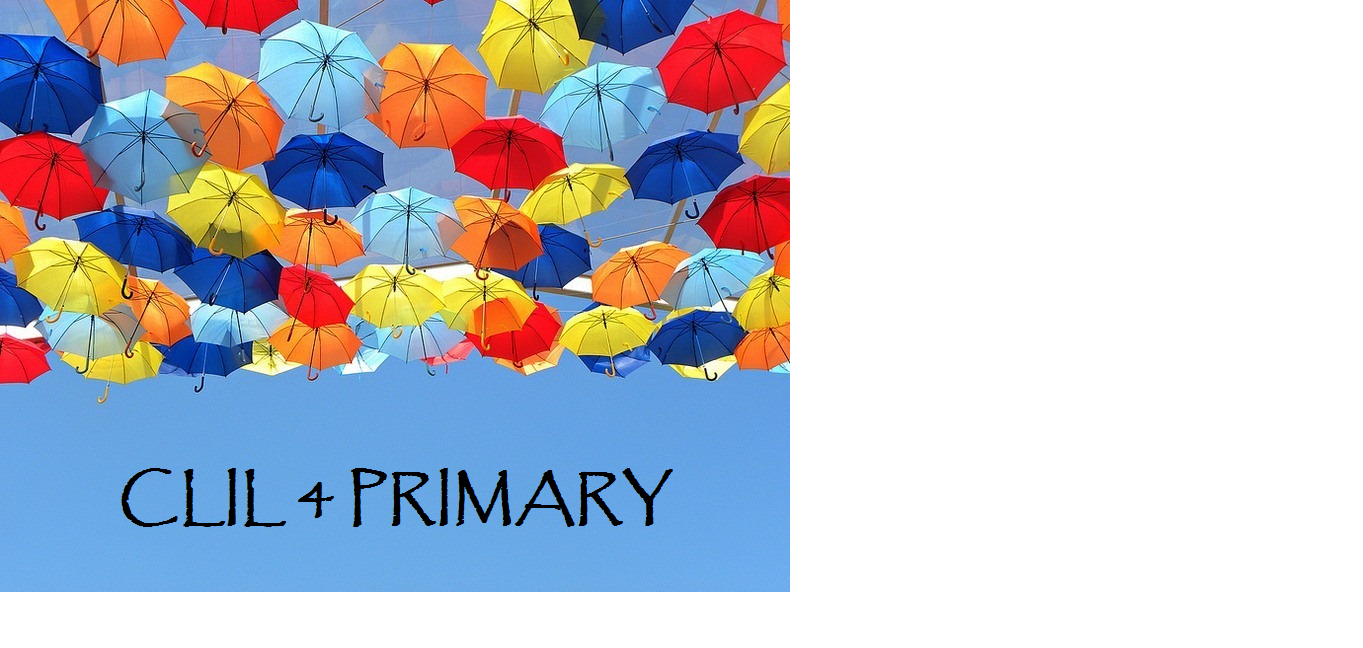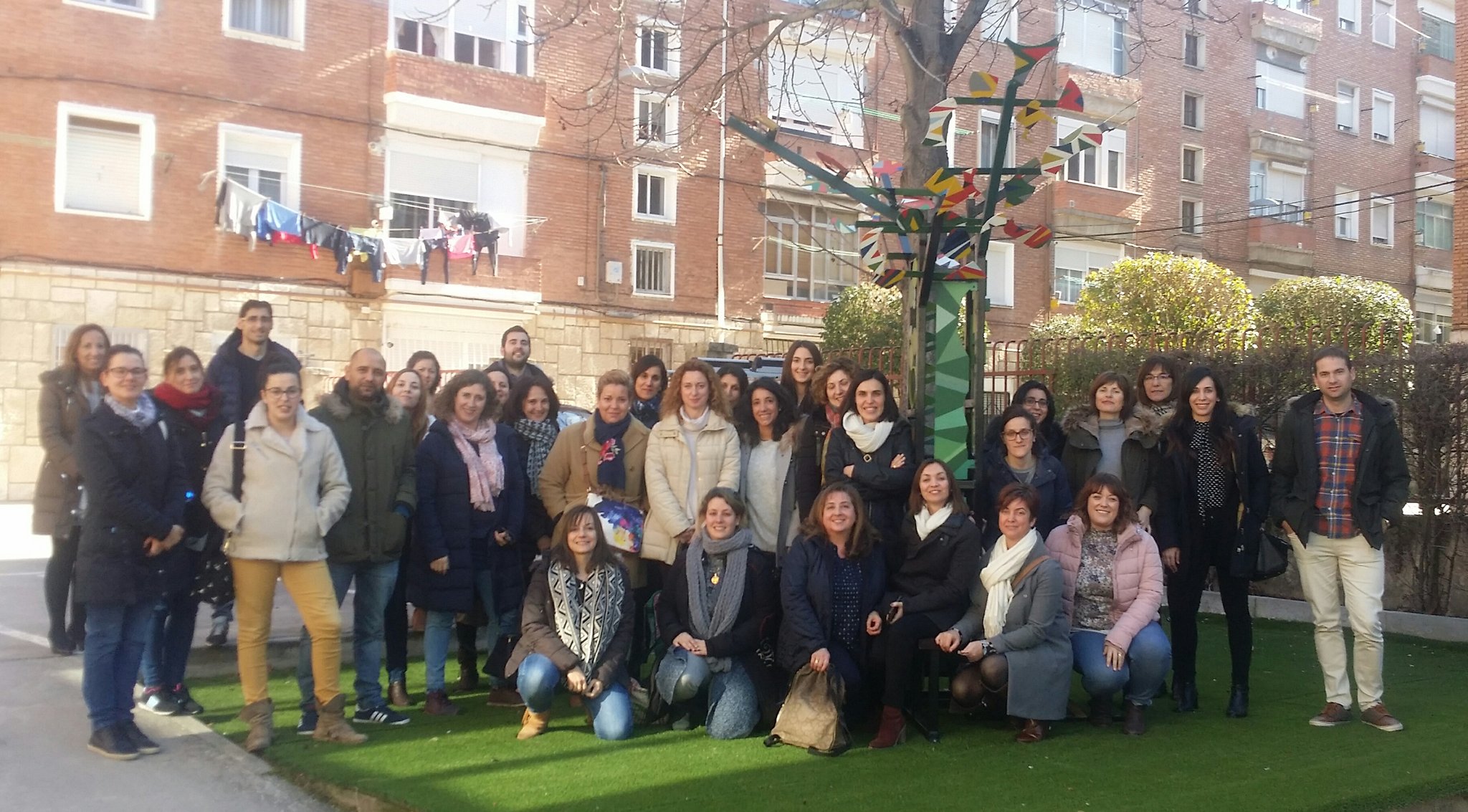Your task: Plan a cross-curricular mini-project. Your
mini-project should incorporate some of the techniques you have seen on the
course so far. Complete the table below.
|
Topic and project title
|
The water cycle (Natural Science)
|
|
Your subject area: How will the project fit with your
subject?
|
The water cycle is one of the curricular annual contents
for 3º Primary grade in Natural Science subject
|
|
Who are you doing the project with?
|
This project is suitable for students of 3º grade
|
|
Learning objectives
|
-
Distinguish different types of water:
fresh water and salt water.
-
Seeing the differences between the
states of water: liquid, solid and gas.
-
Knowing the importance of water for
our daily life.
-
Discovering that water is
continuously changing its place in nature.
|
|
Anticipated problems (and solutions)
|
There are two grade repeaters with several difficulties
with the foreign language.
I will adapt all the water cycle’s language in a more
simple way for them to be able to understand the whole process.
|
Teach your mini-project. Reflect on how it went. Be prepared
to give feedback.
|
Group and date taught
|
3º grade. February 2018.
|
|
What did you do?
|
1.
Happy Learning video.
2.
This is the water cycle
wheel. If you turn the first part, you will see the different parts of it:
condensation, precipitation…
3.
This is a sheet of paper to
work on the water cycle processes: transpiration, condensation, evaporation,
accumulation and precipitation. This way we can connect the Arts & Crafts
lesson with Natural Science’s one.
4.
Experiment: I will bring an
ice, a match, a bottle and a balloon. I will saw the students the three
states using examples.
|
|
What went well
|
Every activity went well, but
what they liked most is the experiments activity in wich they saw how ice melts
and becomes liquid water and how that bottle heats and the balloon gets
filled with gas.
Even the students with
problems with foreign language could attend the lesson, because it’s mostly
visual methodology.
|
|
Reflection for future
practice
|
|
|
What needed improvement/changes and
why
|
We can try to think an easier
way to do the experiment, because the time we spent until the bottle heated,
was more than what I expected at the beginning.
|
|
What would you change considering
level, age or other factors
|
I find the activities very
suitable for students in this grade, but it is also possible to do it in the
2º and 4º grades, adapting the language used and changing the 3 activity for
another one with more simple vocabulary.
|
Links/materials
here:
1.
Happy
learning video link: https://www.youtube.com/watch?v=y5gFI3pMvoI
2.
The
water cycle wheel











